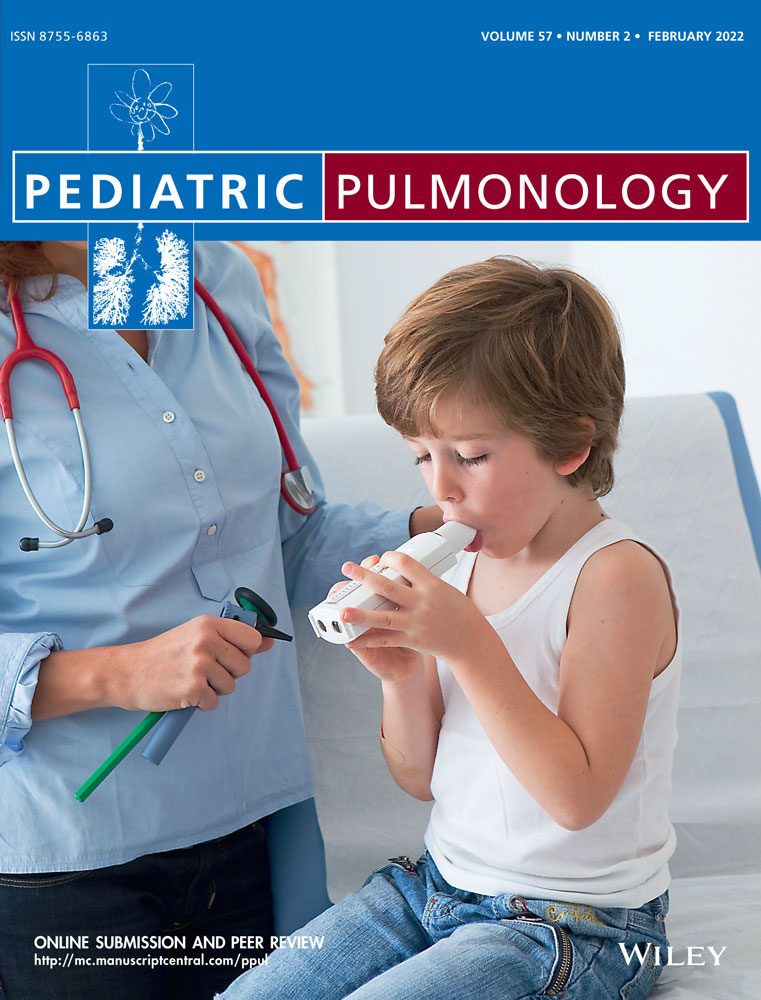Mucopolysaccharidosis patients have reduced functional capacity
Founding: CAPES
Abstract
Introduction
Mucopolysaccharidoses (MPSs) are a group of rare diseases caused by an intralysosomal accumulation of glycosaminoglycans, resulting in a multisystemic clinical condition characterized by variable degrees of physical-functional impairment.
Objective
To evaluate the functional capacity (FC) of MPS patients and compare with a healthy control group.
Methods
This is a cross-sectional study of 6- to 39-year-old patients followed at a medical reference center and compared with their control peers, matched by age and sex. FC was assessed using the Sit-to-Stand Test (SST) and Incremental Shuttle Walk Test (ISWT). Heart rate (HR) and Borg rating of perceived exertion were measured before and after ISWT. HR recovery (HRR) was defined as the HR at the end of the test minus the HR in the second minute after ISWT.
Results
Nineteen (19) MPS patients, 69% with type II MPS and mean age 17 ± 11 years were evaluated. Every patient was under enzyme replacement therapy. The time to perform the SST was longer in the MPS group (10.6 ± 2.5 s vs. 6.7 ± 1.2 s; p < .01). The MPS group achieved lower values of distance covered on the ISWT (407.6 ± 329.8 m vs. 1131.9 ± 183.3 m; p < .01), with a significantly higher Borg (6 [5–8] vs. 2 [1–4]; p = .02). The MPS group's HRR was slower than the controls (32.9 ± 20.2 beats per minute [bpm] vs. 69.1 ± 25.9 bpm; p < .001).
Discussion
We observed a pronounced reduction in the MPS group's FC compared to their healthy peers and a worse HRR after completing the test.




